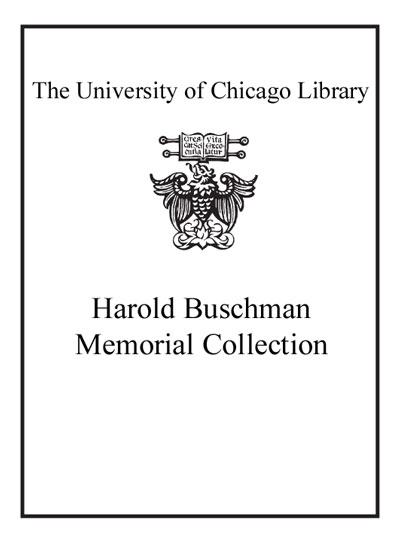Plague and pleasure : the renaissance world of Pius II /
Saved in:
| Author / Creator: | White, Arthur, 1942- author. |
|---|---|
| Imprint: | Washington, D.C. : The Catholic University of America Press, [2014] |
| Description: | xxii, 407 pages : illustrations ; 23 cm |
| Language: | English |
| Subject: | |
| Format: | Print Book |
| URL for this record: | http://pi.lib.uchicago.edu/1001/cat/bib/10127440 |
| Summary: | Plague and Pleasure is a lively popular history that introduces a new hypothesis about the impetus behind the cultural change in Renaissance Italy. The Renaissance coincided with a period of chronic, constantly recurring plague, unremitting warfare and pervasive insecurity. Consequently, people felt a need for mental escape to alternative, idealized realities, distant in time or space from the unendurable present but made vivid to the imagination through literature, art, and spectacle.<br> <br> Pope Pius II experienced both plague and war during his reign and he exhibited many escapist behaviors typical of his period: the building of his "Shangri-La" at Pienza, his constant sight-seeing travels, his passion for natural scenery or Roman remains, his public spectacles, and the humanism that immersed him in an idealized Roman past. This see-saw mentality of the period could plunge people into melancholy when facing harsh realities and then propel them into ecstasies of make-believe to counter their despair.<br> <br> Plague and Pleasure uses the life and times of Pope Pius II as the framework for presenting a view of the Renaissance that the public can understand and appreciate and which may at least narrow the gap between the past known to scholars and that known to the public they ultimately serve. |
|---|---|
| Physical Description: | xxii, 407 pages : illustrations ; 23 cm |
| Bibliography: | Includes bibliographical references (pages 381-393) and index. |
| ISBN: | 9780813226811 0813226813 |

